I’m not originally from St. Croix Falls. I grew up in River Falls, Wisconsin, another small town south of here. When I visualize what is unique about my hometown, I think about the historic buildings and homes there. My grandparents lived across the street from the Ferris White House when I was a kid. Built in 1903, the mansion was home to a family of lawyers, a judge, and a state senator. Later, the widow, Helen White, rented rooms in her home to students attending UW River Falls. However, as residents came and went, the house remained the same, save for a few kitchen renovations. I was lucky enough to have played in it whenever I stayed with my grandparents, and it felt like entering another world. The late Queen Ann-style home had ornately carved oak woodwork, unusually shaped stained glass windows, and an extensive library that smelled like pipe tobacco. And most importantly, to a child anyway, the house was rumored to have secret passages throughout. The house felt magical because it was unlike any of my friends’ modest homes in planned developments with names like “River Hills” and “Golfview.” It was easy to imagine it as a castle compared to the small single-story ramblers surrounding it.
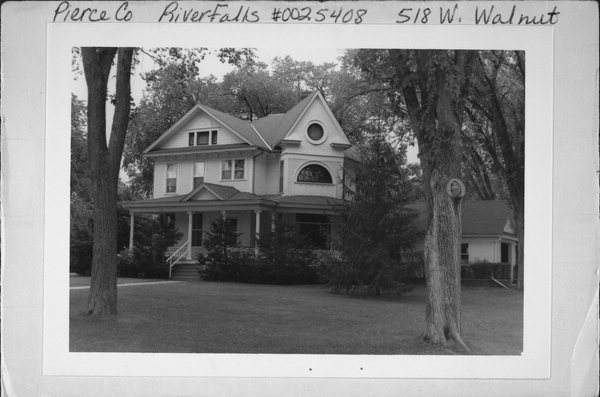
The Ferris and Mary White house at 518 Walnut St. in River Falls Wisconsin.
Living in St. Croix Falls, it is hard not to admire the historic homes. One of the city’s designated historic homes was recently listed for sale after fifty years of one family living there. 232 N. Washington Street is referred to officially as the Palmer-Schafer House. Constructed in 1914 by Edward and Mary Palmer, the house is especially rare because it is a Gordon-Van Tine Catalog Home, i.e., a kit or mail-order home. The Gordon-Van Tine company began supplying raw materials to Sears, Roebuck, and Company in 1907 for their contemporary line of catalog homes. By 1912, they cut ties with Sears and started publishing a plan book with multiple home options.
The plan chosen by Edward and Mary Palmer was Plan No. 126 and was advertised in the 1913 plan book. The Palmers chose and likely customized this plan before the prefabricated materials and fixtures would have been delivered via train and then constructed by local contractors. This was a quick and affordable way for middle-class families to build new homes- especially in rural areas. An estimated 100,000 kit homes were built in America between 1908 and 1940- 54,000 of which were Gordon-Van Tine homes. Beyond offering plans and materials for houses, Gordon-Van Tine also specialized in barns and other farm structures. In 1917, the company partnered with Mongomery Ward to supply lumber and other materials for their line of Wardway homes.
The 1913 Gordon-Van Tine catalog description for plan No. 126 reads as follows:“For $1,327 we agree to furnish all material to build this house, including lumber, lath, shingles, finishing lumber, doors, windows, frames, interior floors and finish, nails, tinwork, finish hardware, and complete painting material. We guarantee to furnish these materials in quantities sufficient to complete this house according to plans and specifications.” For an extra $103, buyers could add a Fire King Furnace complete with pipes and fittings.
After her father passed away in 1922, Vivian Palmer lived with her widowed mother in the home. In 1933, Vivian’s brother, Earl T. Palmer of Palmer’s Grocery Store, built his house on the North end of the property, where he went on to raise his family. Earl opened Palmer’s Ice Cream Parlor and Grocery Store in 1913 and worked there until his retirement in 1959. Earl briefly left the shop to serve in WWI and was wounded in France. He received a Purple Heart for his time in the service.
Born in 1891, Vivian Palmer cared for her family, friends, and pupils her entire life. Vivian worked at her brother’s grocery store until she received her teaching license around 1920. She taught third grade for the entirety of her career. After her father died, Vivian and Mary opened their home to lodgers. Another local school teacher, Helen Huber, moved into the home and lived there through the 1950s. Helen taught Commercial Arts and Math at the high school and was known to be smartly dressed in a skirt, jacket, and tie.
Additionally, she was known for being a strict disciplinarian. Vivian’s home was a welcoming place for other single women in town. Throughout the years, her colleagues and friends from the community, like Mary Marin and Lillian Donahue, lived with her and her mother. Vivian died in 1974, having never left the family home her father ordered through the mail and built for her.
Today, buying a house costs a lot more than $1,327. Because of the incredibly competitive housing market, homes like the Palmer-Schafer house appeal more as an investment opportunity than a place to cultivate our lives and gather with family. St. Croix Falls has recently seen an increase in short-term rentals, and many family homes have turned into Airbnbs, VRBOs, etc., with property owners that lack a meaningful connection to our community. Walk through any neighborhood here. You might admire a house, imagine the interior, and who lives inside, only to find out later it is empty, awaiting the next guest. Often, we take our historic places for granted, assuming they will always be there, just as we remember them. We rely on our historic landmarks to ground us in the communities we hold dear. We are fortunate in St. Croix Falls to have adopted a Historic Preservation Overlay District, which, if administered, ensures strategic protection of historic properties that benefit both the owner and the public. While businesses come and go and properties change hands, the structures remain to tell a story to future generations.

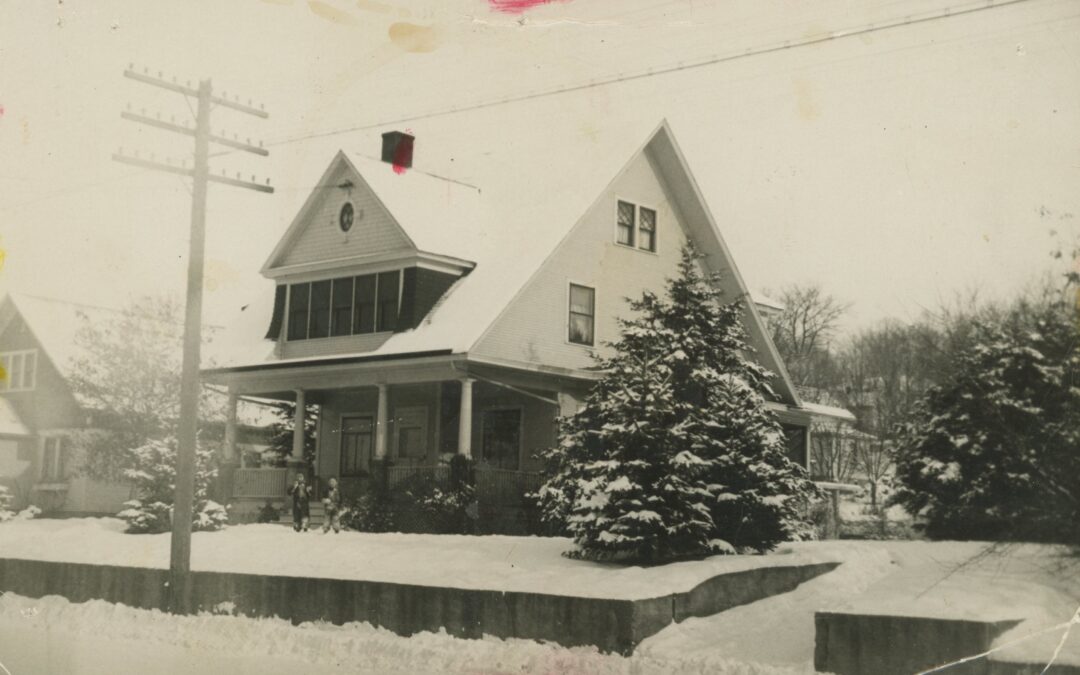
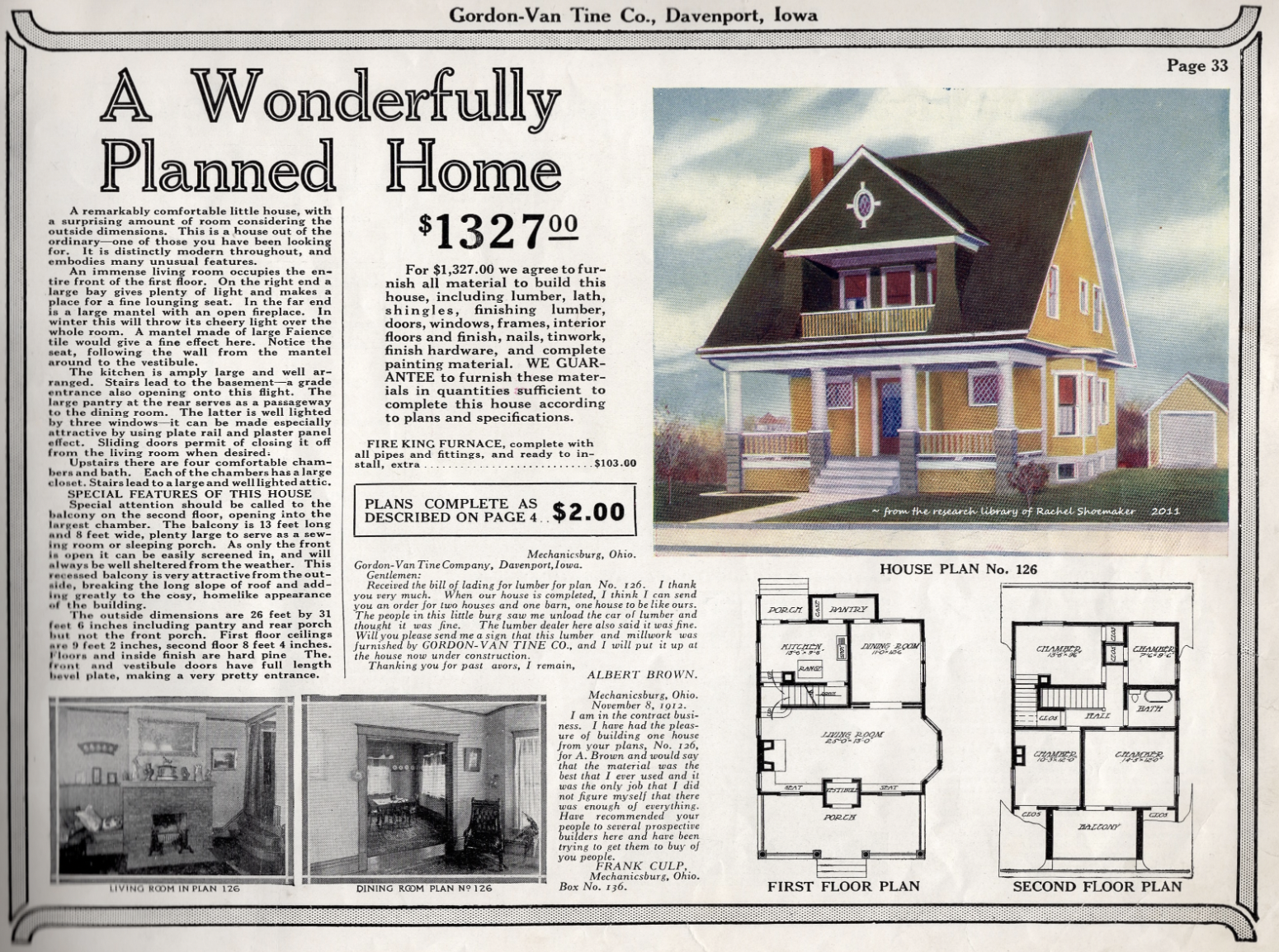
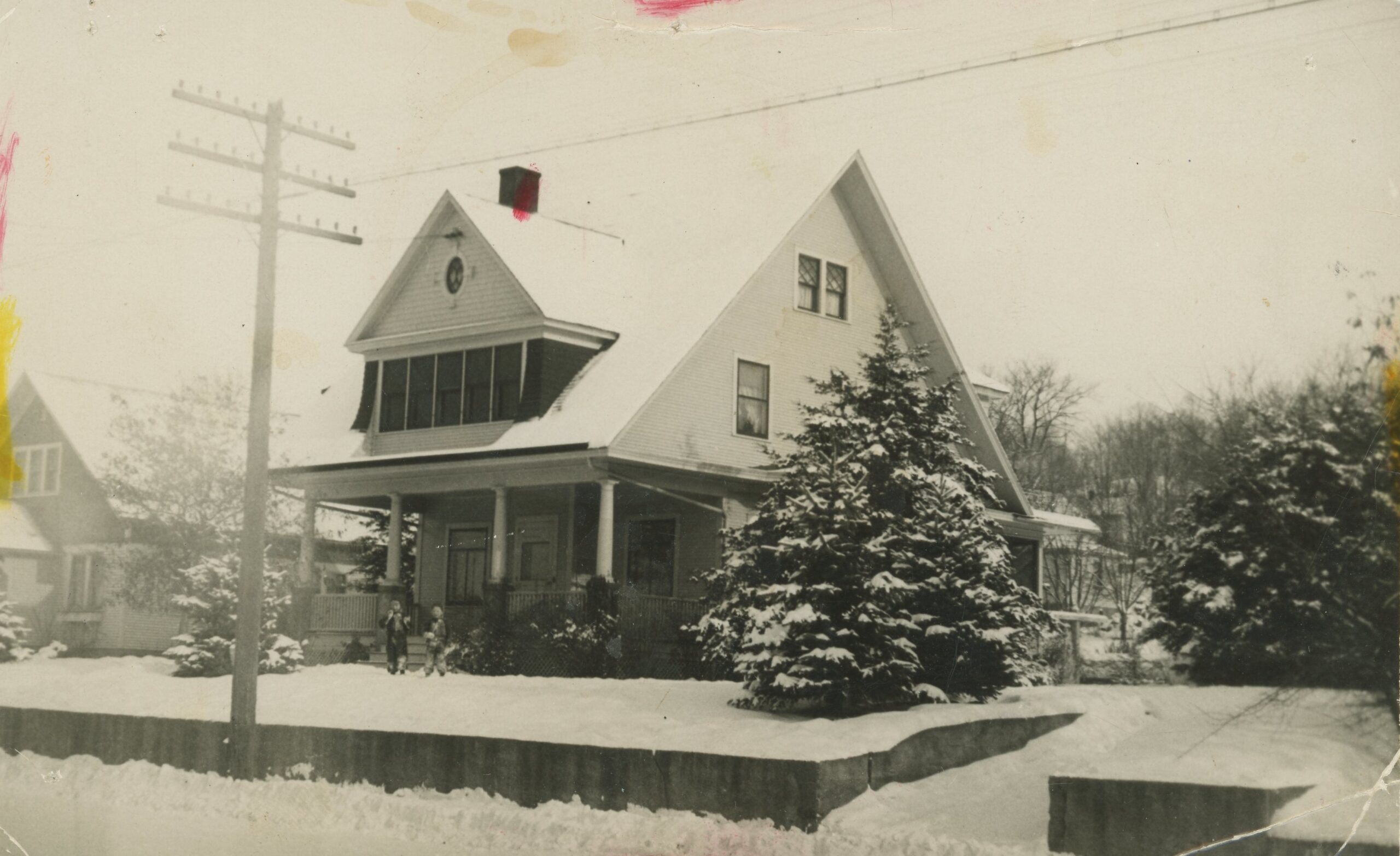
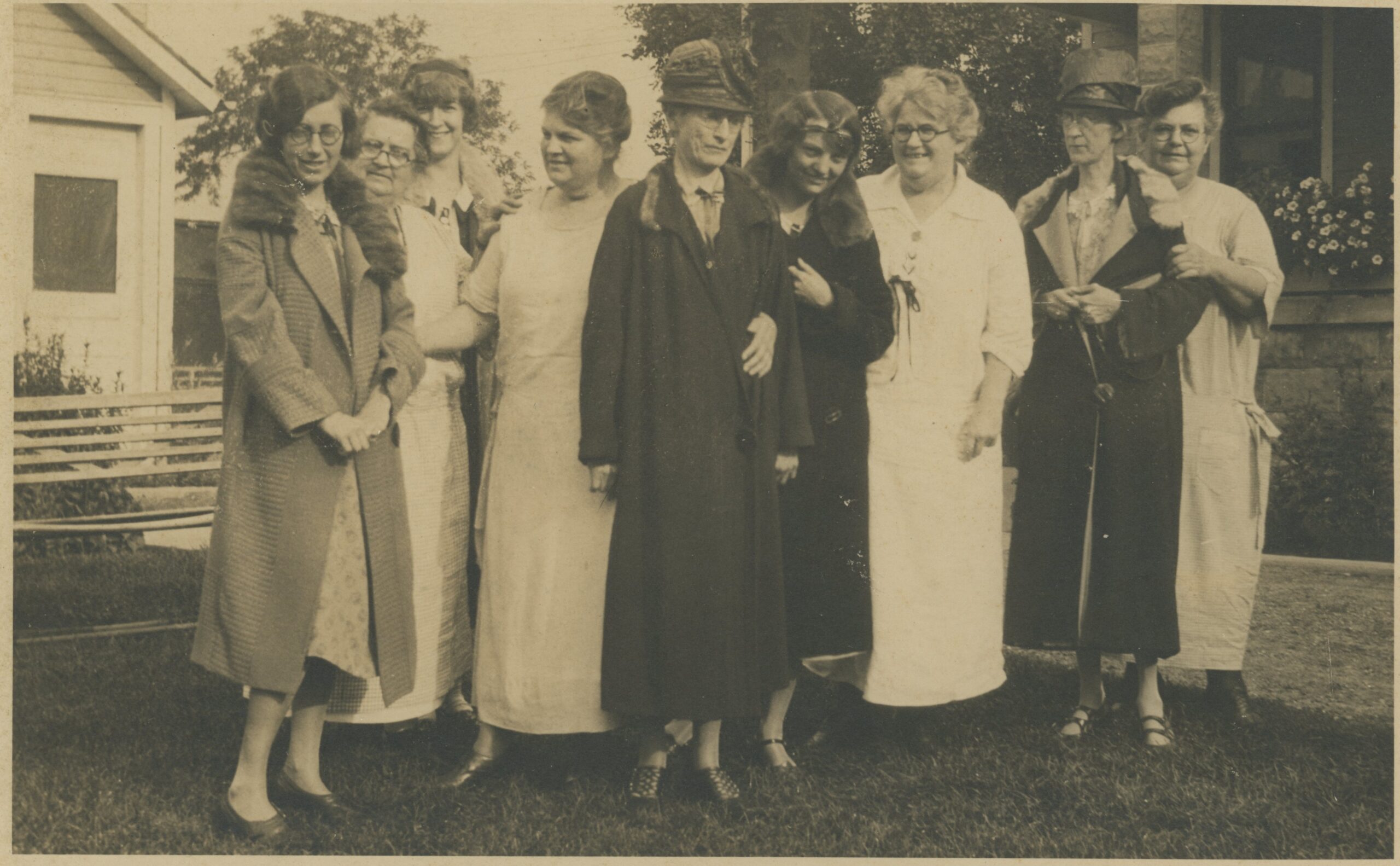
Recent Comments